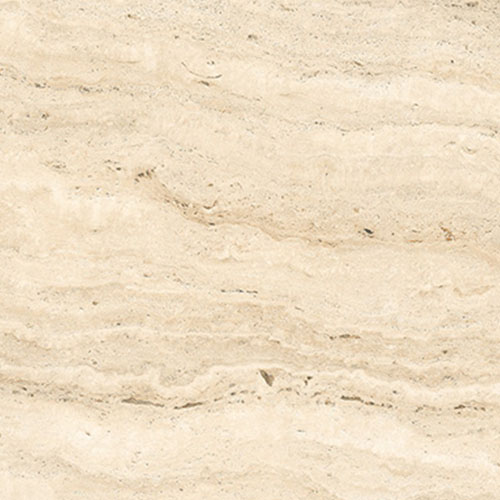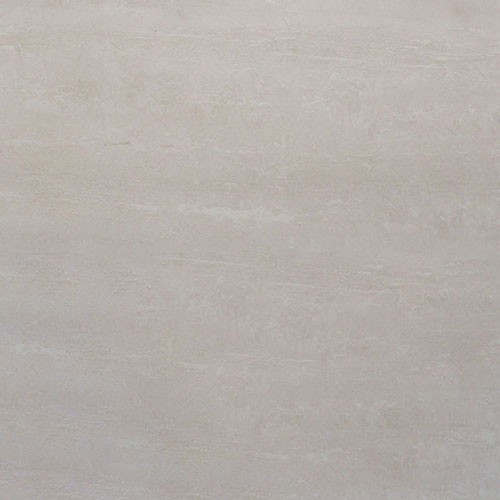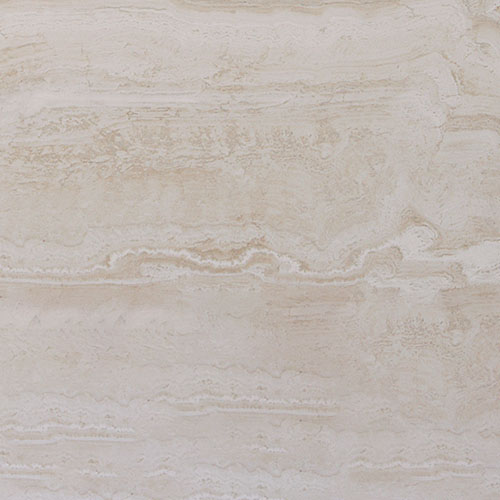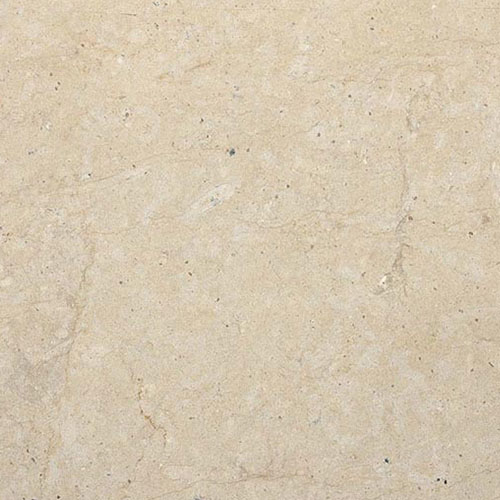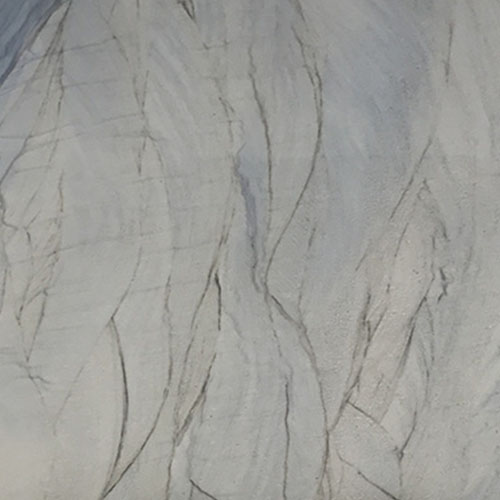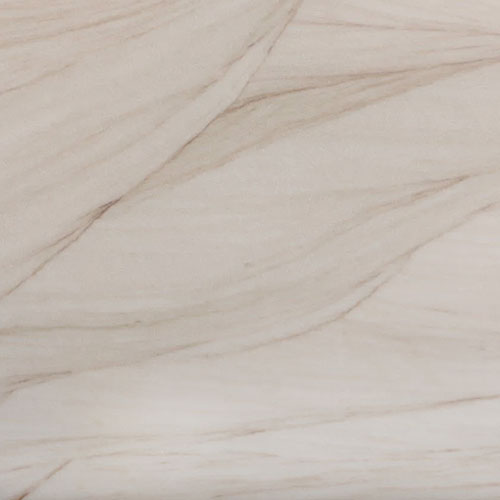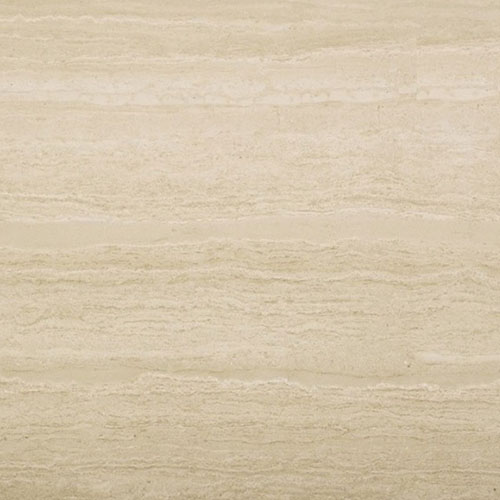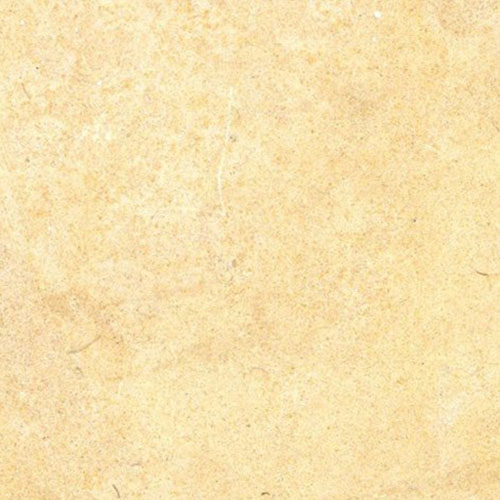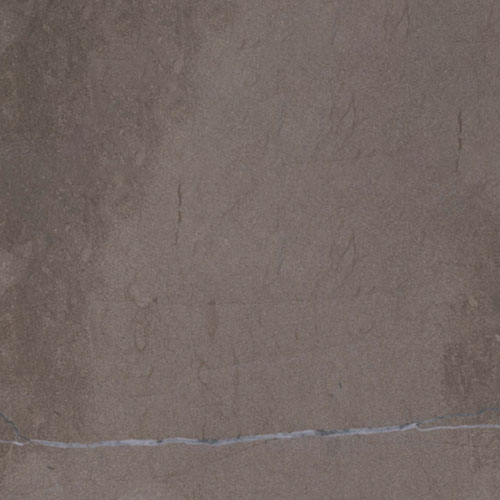
Travertino Romano
Roman Travertine or Classical Travertine is the most famous material in the world, used as early as the time of the Roman Empire by the greatest rulers. Works such as the Colosseum (79 A.D.) and St. Peter's Basilica (1506 A.D.) are testament to the material's ability to last. The material, which is quarried in the Tivoli areas, is fine-grained, generally quite porous, and can have different background shades of straw, hazelnut, or white, evenly shaded with darker-colored veins. The material is suitable for both interior and exterior laying.
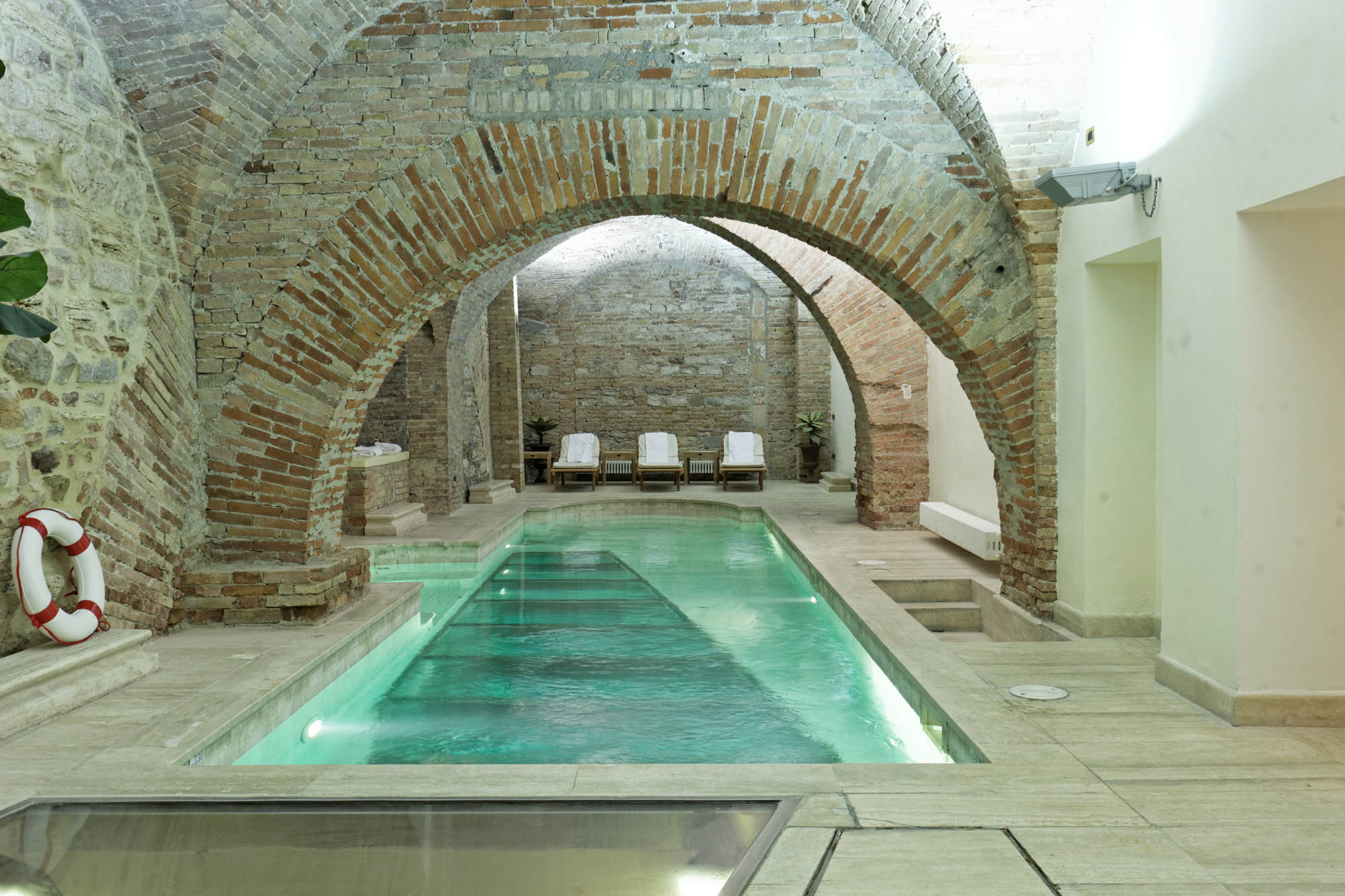
Product description
Roman Travertine is a material that embodies history and tradition, with a beauty that has been passed down through the centuries due to its robustness and versatility. Its porous texture, which varies in intensity, gives each surface a unique and natural appearance. Used in a wide range of applications, from interior design to public spaces, Roman Travertine continues to be a popular choice for its ability to adapt to modern projects without losing its ancient charm.
Data sheet
| Country of origin | Italia |
| Availability | Media |
| Compressive tensile strength | 957 kg/cm2 |
| Compressive tensile strength after freezing cycles | 880 kg/cm2 |
| Unit bending tensile strength | 127 kg/cm2 |
| Coefficient of linear thermal expansion | 0,0045 mm/m°C |
| Water imbibition coefficient | 1,00% |
| Impact resistance, minimum drop height | 29 cm |
| Frictional wear | – |
| Weight per unit volume | 2410 kg/m3 |
Roman Travertine is a material that embodies history and tradition, with a beauty that has been passed down through the centuries due to its robustness and versatility. Its porous texture, which varies in intensity, gives each surface a unique and natural appearance. Used in a wide range of applications, from interior design to public spaces, Roman Travertine continues to be a popular choice for its ability to adapt to modern projects without losing its ancient charm.
Data sheet
| Country of origin | Italia |
| Availability | Media |
| Compressive tensile strength | 957 kg/cm2 |
| Compressive tensile strength after freezing cycles | 880 kg/cm2 |
| Unit bending tensile strength | 127 kg/cm2 |
| Coefficient of linear thermal expansion | 0,0045 mm/m°C |
| Water imbibition coefficient | 1,00% |
| Impact resistance, minimum drop height | 29 cm |
| Frictional wear | – |
| Weight per unit volume | 2410 kg/m3 |

